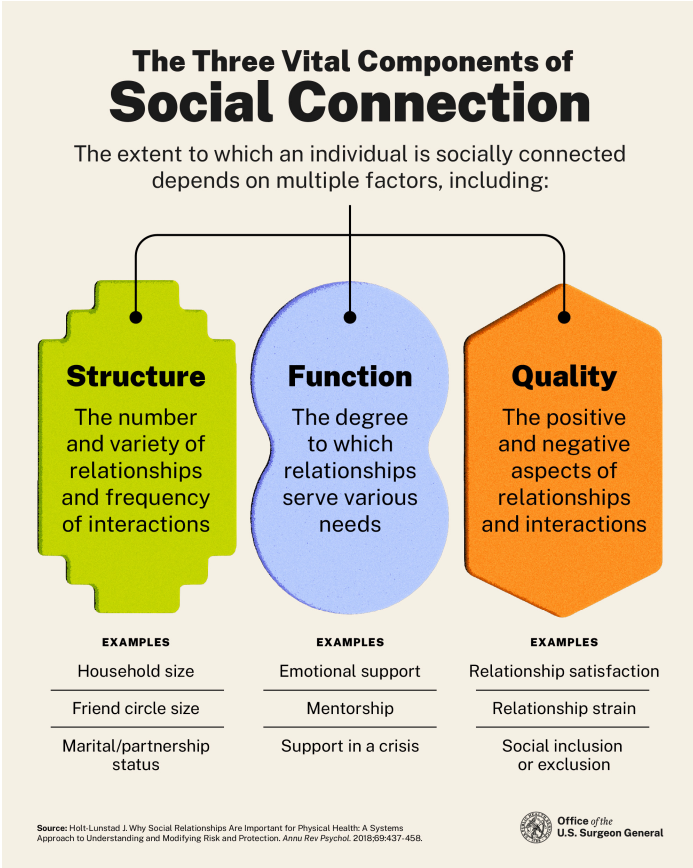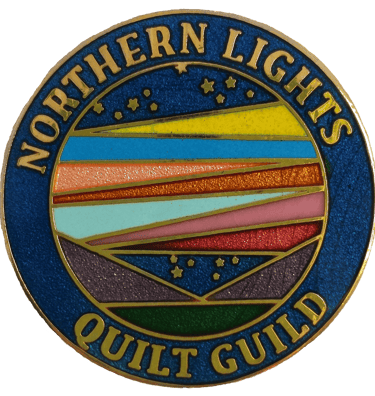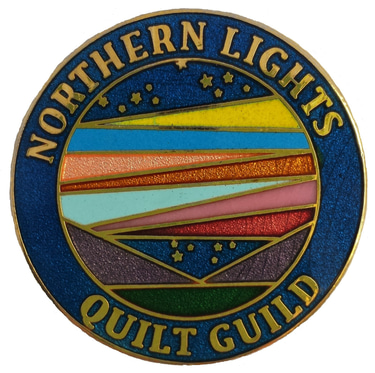Quilting Your Way Into 2025!
January 2025 President's Message
Madge E. Buus-Frank
1/1/20254 min read
Dear Quilting Friends,
Unfortunately the weather nixed our NLQG Holiday Party, and we missed the opportunity to celebrate together. Despite this blimp in the radar I hope that you had a wonderful holiday with a healthy dose of family, friends, food and fun, and perhaps with a little time to quilt on the side. As the holiday lights fade and the calendar turns, I hope you will set your sights on making 2025 the best year ever. If you believe in resolutions . . . . you may be resolving to exercise more, to eat healthier and to lose ten or more pounds. Never fear – on January 2nd another two dozen “miracle” diet plans will quite predictably emerge with promises to melt the weight away. You may be planning to lean into your work for a local charity or church, to take a course through the Osher Lifelong Learning Institute, or to spend more quality time with friends and family, or to learn something new every day.
I also know that for some the holidays and the long winter ahead can be a challenging and lonely time. But actually, you are not alone. The Centers for Disease Control has recently reported that loneliness is at epidemic proportions and represents the number one public health problem of our decade. The Surgeon General, Vivek Murthy states:
“Loneliness is far more than just a bad feeling—it harms both individual and societal health. It is associated with a greater risk of cardiovascular disease, dementia, stroke, depression, anxiety, and premature death. The mortality impact of being socially disconnected is similar to that caused by smoking up to 15 cigarettes a day,4 and even greater than that associated with obesity and physical inactivity. And the harmful consequences of a society that lacks social connection can be felt in our schools, workplaces, and civic organizations, where performance, productivity, and engagement are diminished. Given the profound consequences of loneliness and isolation, we have an opportunity, and an obligation, to make the same investments in addressing social connection that we have made in addressing tobacco use, obesity, and the addiction crisis. This Surgeon General’s Advisory shows us how to build more connected lives and a more connected society.”
As a NLQG member each of us is part of the solution to improve your own well-being, by improving the social connections that surround you and those around you. And quilting and guild activities may be a vital part of the solution.
You likely already know on many levels that quilting is more than a hobby. You may not know that there is a growing body of scientific evidence supporting the importance of creativity to both physical and mental health. Quilting and craft engender feelings of personal growth, mastery, and confidence; and when guilds connect quilters’ they are building a community and critical social connections that are so often missing in our technologically obsessed modern society.
Recent qualitative research included interviews with 20 women, both retired and working, who were scientists, teachers, and health professionals about their experience with quilting.2 The themes that emerged included the importance of creativity, the satisfaction of working with their hands, and unlike in their work lives, a sense that they were “in control of their own creative journey.” Quilting is also a form of self-discovery and emotions find a pathway for expression.
The study affirmed that the use of bright colors in quilting had an uplifting impact on mood. Study participants described a fascinating concept called “flow” in quilting, where they were deeply immersed, distracted, had decreased awareness going on around them, and the authors describe this as “facilitated relaxation.”
One participant in the study described their “quilting bubble” as a way to distract from troubles she faced in her daily life. It helped me “get out of myself, to forget what I was worrying about”, a way to decrease anxiety, to view things in a different light. Some quilters described their work as an indirect way to problem solve, to untangle challenges that they were facing. By choosing more challenging quilt patterns quilters can “stretch themselves”, master new techniques, boost their self-esteem, keep their brain active and agile.2
The participants also felt that quilting was a good use of time, they had something both tangible and functional to as an end-product, and that this served a higher purpose. This feeling was amplified when they could give the quilt to family, friends, or a local charity.
One of the most important findings of this study was the importance of building quality friendships, where support and sharing are the norm. The encouragement from other quilters was enjoyable and motivating, helping them to progress toward their goals. Seeing other quilts was inspirational. And when they suffered personal losses of spouses, children, friends their “quilting sisters” rallied around them, letting them know that they were there in the background pulling for you.2 Quilting is an incredible tool to build connections, and quilters help to stitch the world back together, one stitch at a time.
The bottom line is that quilting is indeed therapeutic. A wide range of cognitive, emotional, and social benefits that can lead to building what has been characterized as a “Full Life”2 – with positive emotions, opportunities for absorption, engagement and flow, and growing not only your personal strengths and virtues, but those of others in our guild.
So the next time you escape to your sewing space, skip making dinner, and sew the day (or night away) you can take solace in the fact that indeed you are investing in your well-being plan. And indeed you can tell yourself or others that quilting is indeed your therapy, and this therapy is well supported by science! And when you tune in to our upcoming Zoom meeting in February, know that you are part of the CDC’s national plan to combat loneliness and social isolation, one cold winters night at a time.
Here’s to investing in you, and to building the best year possible in 2025 and beyond!
With Gratitude Always,
Madge E. Buus-Frank
References:
Centers for Disease Control and Prevention. Vivek Murthey. Our Epidemic of Loneliness and Isolation: The U.S. Surgeon Generals Advisory on the Healing Effects of Social Connection and Community. Available at: https://www.hhs.gov/sites/default/files/surgeon-general-social-connection-advisory.pdf
Burt E.L., Atkinson J. The relationship between quilting and wellbeing. Journal of Public Health, 2011: 34(1); 54-59.
Seligman M. Authentic Happiness. New York: Free Press, 2002-248-249.


Northern Lights Quilt Guild
PO Box 724
Lebanon, NH 03766
Contact Us


Follow Us on Facebook
